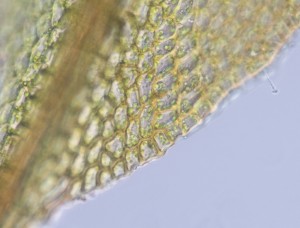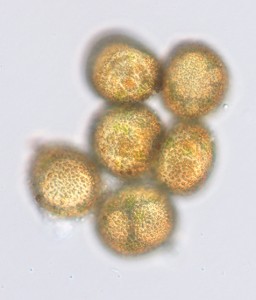Habitat
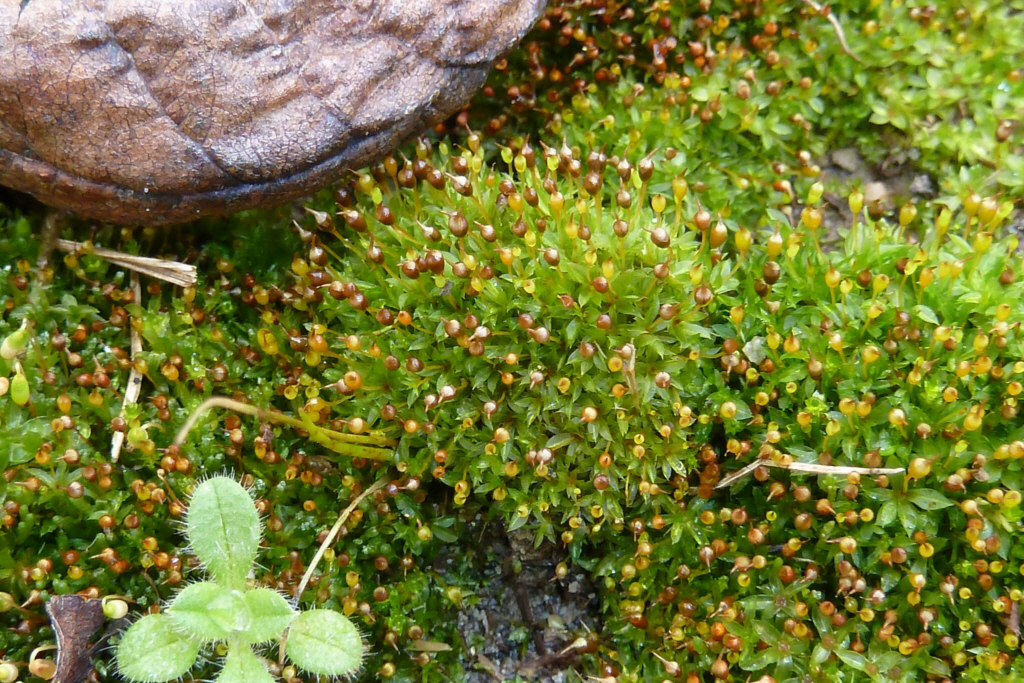 Pottia truncata typically grows on damp clayey soil. It is a relatively widespread species, occurring in various parts of the world such as China, Japan, Russia, Europe, South and North America. Pottia truncata is presumed to be an introduction in British Columbia where it is more or less restricted to human disturbed habitats such as along the margins of fields, on bare soil in lawns and in neglected gardens. In Vancouver, extensive turfs of this weedy species can sometimes be found growing on bare soil patches in boulevard lawns.
Pottia truncata typically grows on damp clayey soil. It is a relatively widespread species, occurring in various parts of the world such as China, Japan, Russia, Europe, South and North America. Pottia truncata is presumed to be an introduction in British Columbia where it is more or less restricted to human disturbed habitats such as along the margins of fields, on bare soil in lawns and in neglected gardens. In Vancouver, extensive turfs of this weedy species can sometimes be found growing on bare soil patches in boulevard lawns.
Gametophyte
Overall structure:
 Plants are small, forming short dense turfs ranging from about 3-6 mm in height.
Plants are small, forming short dense turfs ranging from about 3-6 mm in height.
Leaves:
 The leaves, which are broadly lanceolate or oblong in shape, become slightly twisted when dry.
The leaves, which are broadly lanceolate or oblong in shape, become slightly twisted when dry.
The leaf cells are smooth. Uneven or notched leaf margins near the leaf apex resulting from projecting cell ends are sometimes apparent.
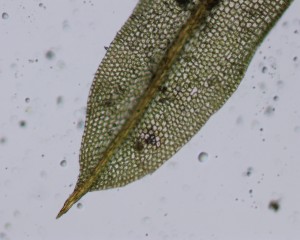 A costa is present and extends beyond the leaf, forming a short hairpoint.
A costa is present and extends beyond the leaf, forming a short hairpoint.
Stem:
The stem is short and usually unbranched.
Sporophyte
Overall structure:
 Sporophytes are erect and yellow-green when young, becoming red-brown with age.
Sporophytes are erect and yellow-green when young, becoming red-brown with age.
Sporangium:
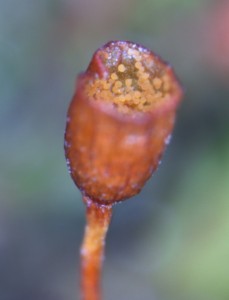 The shape of the sporangium varies somewhat from urn-shaped to short-cylindric. The operculum is rostrate with a more or less straight beak. Peristome teeth are lacking.
The shape of the sporangium varies somewhat from urn-shaped to short-cylindric. The operculum is rostrate with a more or less straight beak. Peristome teeth are lacking.
Seta:
The seta is typically 2-3 mm tall.
Spores:

